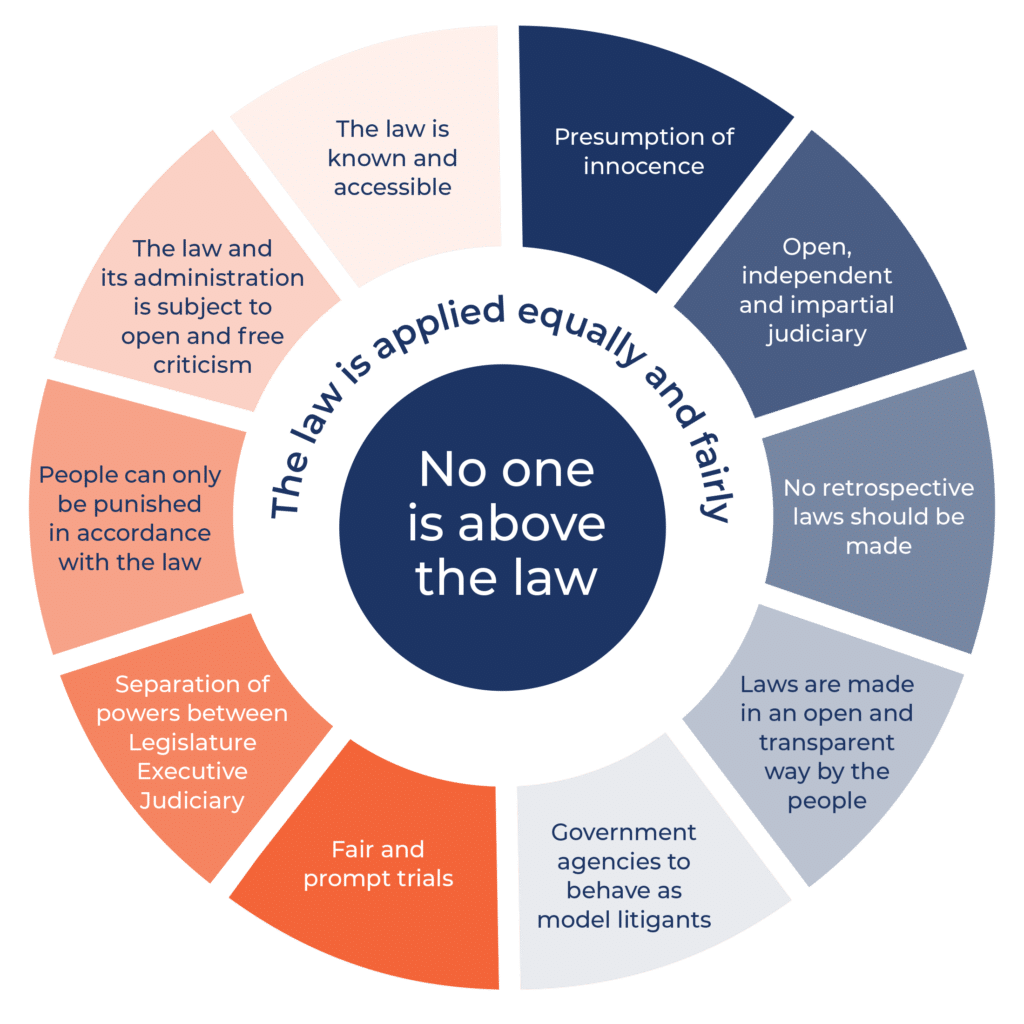Cultural Burial and the Law
The law in NSW is found in legislation (laws made by Parliament) and case law (laws made by judges). This is sometimes called ‘Black Letter Law’ which is the foundation of the rule of law. However, due to the cultural diversity of the people who live in Australia, there are frequently cases where judges need to assess the intersection between black letter law and customary law and cultural practices.
Sometimes courts have to make decisions that take into account practical matters to reach a decision, that will work in the real world. The courts may need to take into account the impact of the cultural background and practices of the parties, in order to reach the best decision on the case. In doing this, however, the courts always have to consider that the black letter law first as it is the superior law in our country and then examine customary law and cultural practices so that they can be taken into account as long as they do not unreasonably contradict the law.
This post discusses two cases where the intersection between cultural law and practices and black letter law is discussed. All care has been taken to be culturally sensitive in the writing of the case notes.
This case involved an application to the Supreme Court of NSW before His Honour Justice Campbell by the sister and de facto wife of a deceased Aboriginal person. Both the sister and the de facto wife wished the deceased man to be buried in their traditional Aboriginal lands, which were in different areas of NSW.
Facts
The deceased man and his de facto were in a permanent relationship. The deceased had not been in close contact with his sister or his birth family for a number of years and had rarely visited his traditional Aboriginal lands. The deceased had lived with his de facto partner in her traditional Aboriginal lands for some years. He had been accepted into that community and had encouraged his children to learn their mother’s cultural traditions. He had told his de-facto wife that he wanted to be buried in her traditional lands.
The deceased died ‘intestate’, which means that he died without having prepared a will. In that case, specific rules apply as to who should look after the affairs of a deceased person, including their funeral.
In his judgement Justice Campbell discussed the common law in NSW regarding deceased estates and held that the legal principles that usually apply in such matters are as follows:
- A person with the highest right to look after the affairs of a deceased person should make the decisions about the funeral and burial.
- The right of a spouse or de facto spouse is a higher right than the children or the other family members of a deceased person, that is generally have the highest right and can make the decisions about the funeral.
- The person who has the highest right to arrange the burial should consult with other interested parties and family members about the funeral, but cannot be legally forced to do so.
In this case the court said that it was necessary to consider common law principles, practical considerations and cultural or religious considerations in making its decision.
The court heard evidence from the parties about customary Aboriginal law and burial and accepted that the general rule is for an Aboriginal person to be buried in their traditional country, as the soul of that person will not rest if it is buried in other country.
The Court Decision
The court found that the de facto wife had the highest right at common law and so should decide where the deceased should be buried.
However, the fact that the deceased had made his home in his de facto wife’s traditional lands, that he had been accepted in that community, had encouraged his children to learn its traditions and had said he wanted to be buried there meant that these were now essentially his traditional lands. The court found that this then fit the rules of Aboriginal law and custom, which required burial on traditional lands.
Hs Honour found that the de facto partner should respect the wishes of the other family members and involve some of his family’s traditions in the funeral ceremony.
The decision followed the ‘black letter law’ (the de facto wife having the right to decide on the funeral). The court also took account of cultural law, but decided that being buried on ‘traditional lands’ had a broad meaning and could include adopted ‘traditional lands’.
Facts
A young Maori person passed away in Australia and his separated parents each applied to the His Honour Justice Rothman of the Supreme Court to be able to decide where he should be buried. His mother applied for the deceased to be buried in New Zealand. His father applied for the deceased to be cremated and his ashes divided equally between the mother and father, for them to bury as they wished. The main issue between the mother and father was whether the deceased should be buried or cremated.
Evidence given at the hearing indicated that there can be debate in Maori culture as to funeral arrangements. This can delay any funeral proceedings.
The deceased’s sister gave evidence that the deceased had little connection with New Zealand or the Maori culture and that Australia was his home.
Justice Rotham outlined the relevant legal principles regarding burial in NSW as follows:
- A person with the highest right to look after the affairs of a deceased person should make the decisions about the funeral and burial.
- Where more than one party has the highest right, the practicalities of burial without unreasonable delay should decide who should succeed on the case.
- The person who has the highest right to arrange the burial should consult with other interested parties and family members about the funeral, but cannot be legally forced to do so.
- Cremation is equivalent to burial.
The court heard evidence on traditional Maori law and decided that this law meant that a body should be buried, but that in recent generations cremation had become acceptable. Maori culture required that a person be buried where their ancestors were from.
The Court Decision
The court found that both the mother and father had equal rights to decide on funeral arrangements. As they could not agree, the issue should be decided by the person who could arrange the funeral without unreasonable delay. In this case that was the father. The principle that cremation is equal to burial may be broadly correct, but it does not fully take into account cultural practices.
The decision of the court ultimately prejudiced one of the parties, noting that the major objection of the mother was to cremation due to her cultural beliefs.
Ultimately, the deceased had expressed no view, but his perceived views are, in the circumstances, probably less important than the views of those around him and who will and do mourn his loss. The circumstances are tragic. The Court is not King Solomon. Whatever happens, one or other party will be disadvantaged. [45]
The court decided that there ought to be a cremation in Australia, with the appropriate Maori funeral ceremony, and that the ashes should be divided equally between the parents thereafter, so that they could be buried at the relevant ancestral or other location, as each parent wished.
Once again, the decision followed the black letter law (the father providing the quickest option for funeral arrangements). The court also took account of cultural law and accepted that burial was the preferred method in Maori culture. It noted, however, that cremation was acceptable and in the circumstances of the case decided that this was the appropriate option.


